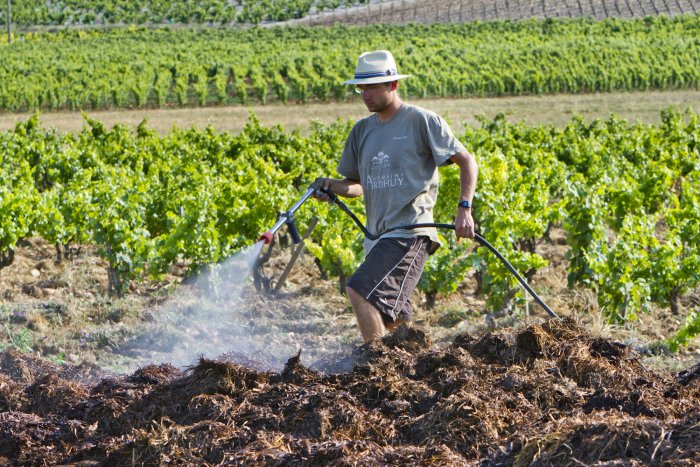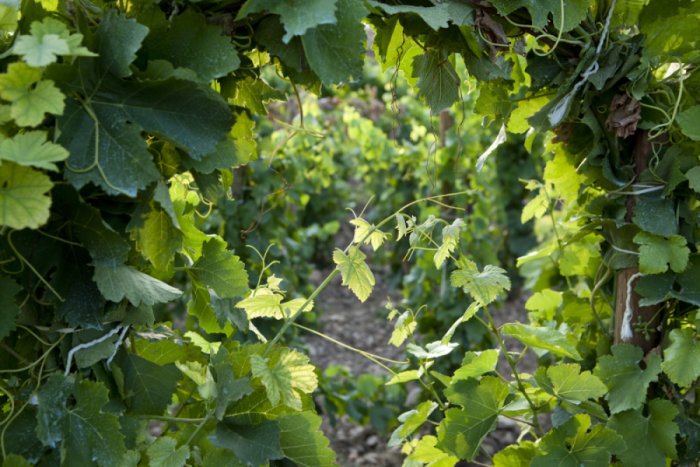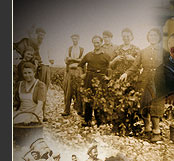Balanced organic vinegards...
and, what's more, farmed biodynamically
All of Domaine de Beaurenard's vines (60ha) are cultivated
organically (Ecocert certified) and even biodynamically (Demeter
certified), without synthetic chemicals. The vines are thus attuned
to nature, lunar and planetary cycles, and the rhythms of the
cosmos.
At key moments, we apply biodynamic preparations (born dung,
dung compost, silica, etc.) that strengthen the vines's natural
defences. To further fortify them, plant-tea sprays (nettle,yarrow,horsetail,camomile...)
are regularly dispensed. In the vineyatds, these methods involve
working the soil without herbicides, spreading carefully-dynamised
manure, and maintaining sensible grass cover (according to climatic
conditions).
The creation of a conservatory with the 13 grape varieties
allowed by the appellation, procured from the estate's oldest vines,
also promotes biodiversity. The varieties were selected over a five-year
period and splice-grafted in aplot where the soil had been resting
for 12 years.In doing this, we aimed
primarily to safeguard a natural genetic heritage that is
particularly well adapted to the terroir. But we were also mindful
of future generations; and of being able, if global warning
continues, to increase the proportion of varieties that contain less
sugar ( and so less alcohol) and contribute aromatic complexity.



Still working manually
Meticulous
work is performed all around the years, and particularly during
four intense periods :
Pruning is done solely by the estate
staff: each person tends to the same plot over the long term,
crafting their vines like sculptures.
Debudding of all the vines: this
prevents leaf build-up around the bunches, ensure small yields,
and ventilates the vine-trunks by letting natural light through.
Several other jobs are also done while the grapes are still
unripe: placing the shoots between the trellis wires, to which
they are then fastened; and green harvesting if necessary.
Soil-working and controlled grass
cover are supplemented by a team of seasonal workers who, during
long weeks, hoe between the vines – a very strenuous,
painstaking job in our stony soils.
Harvesting with all grapes hand-picked
and sorted.
This type of extremely precise
cultivation and monitoring means we obtain healthy grapes, the
only way to make wines of high-quality and concentration.







